
DS 3 Hatchback running costs and reliability

Miles per pound (mpp) ⓘ
| Petrol engines | 5.7 - 6.6 mpp |
|---|
Fuel economy ⓘ
| Petrol engines | 39.1 - 44.8 mpg |
|---|
- Diesels offer low running costs
- PureTech petrols quite frugal too
- Performance versions thirstiest
The fuel economy and efficiency stars of the DS 3 range are those powered by the BlueHDi diesels, however even the petrols shouldn’t cost buyers too much to run day-to-day.
DS 3 BlueHDi running costs
The efficient BlueHDi 100 powerplant emits just 87g/km in CO2 emissions (regardless of trim level), while DS claims it’s capable of reaching 83.1mpg, although you’re unlikely to reach this in the real world. The BlueHDi 120 isn’t far behind, emitting 94g/km and returning up to 78.5mpg in official tests.
Those models fitted with an EAT6 automatic gearbox don’t pay a penalty, either, remaining the same as those with manual gearboxes.
DS 3 petrol running costs
Even the most polluting DS 3 Performance emits just 125g/km and returns a claimed 52.3mpg, but you’ll need to be driving sensibly to get near this figure.
Opt for a PureTech 82 and you can expect CO2 emissions of 107g//km and fuel economy of up to 61.4mpg, while the 110hp version returns 105g/km and 61.4mpg. The most powerful PureTech petrol – the 130 – returns up to 62.8mpg and emits 105g/km in CO2.
We’d expect insurance costs to be competitive with rivals too – if not cheaper than the MINI Hatch and the Audi A1.
DS 3 reliability and maintenance
- DS 3 has been subjected to several recalls
- Any problems should be ironed out
- Mechanical components are tried and tested
Service intervals on the PureTech 1.2-litre turbo engines (though, it’s recommended to be proactive on any car you want to last a long time) have been revised, and the timing belt should be changed at 62,500 miles or six years, whichever is soonest. That means most used DS 3 petrol models should either have had a timing belt, or will be due one soon.
The DS 3 has been subject to several recalls since its launch in 2010 as the Citroen DS3. Even after becoming the DS 3 there are a few to be aware of – including one that may mean the timing belt has already been replaced even on low mileage cars.
Two relate to a loss of control due to potential front suspension issues were announced in 2014, while another regarding an oil leak was issued in 2016. Further recalls cover fuel leaks, suspension, air bags and brake booster function (related to timing belts), with the most recent issued in 2021.
Recalls do not affect all vehicles, and outstanding recalls are now shown on the MOT certificate. Remedial work is carried out at a main dealer at no cost, so these are nothing to worry about as long as they are not ignored.
Ongoing running costs
| Road tax | £0 - £190 |
|---|---|
| Insurance group | 10 - 37 |
Get an insurance quote with

|
|



.jpg)
.jpg)
.jpg)
.jpg)
.jpg)
.jpg)
.jpg)
.jpg)
.jpg)
.jpg)
.jpg)
.jpg)
.jpg)
.jpg)
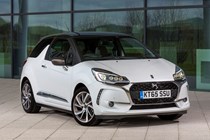
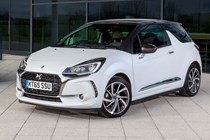
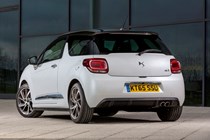

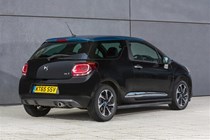
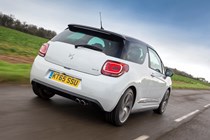
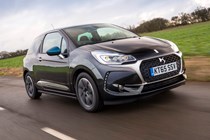
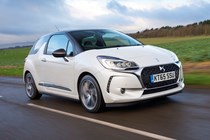
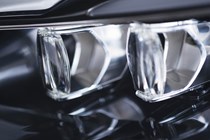
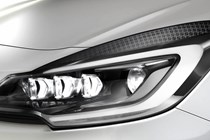
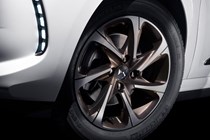
.jpg)
.jpg)
.jpg)
.jpg)
.jpg)
.jpg)
.jpg)
.jpg)
.jpg)
.jpg)
.jpg)
.jpg)
.jpg)
.jpg)
.jpg)
.jpg)
.jpg)
.jpg)
.jpg)
.jpg)
.jpg)
.jpg)
.jpg)



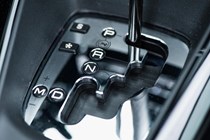
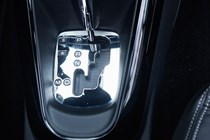
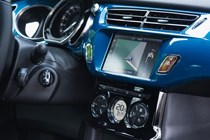
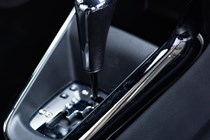
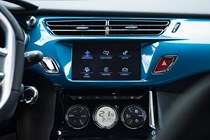
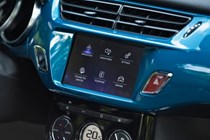


.jpg)
.jpg)
.jpg)
.jpg)
.jpg)
.jpg)
.jpg)
.jpg)
.jpg)
.jpg)
.jpg)
.jpg)
.jpg)
.jpg)
.jpg)
.jpg)
.jpg)
.jpg)
.jpg)
.jpg)
.jpg)
.jpg)
.jpg)
.jpg)
.jpg)
.jpg)
.jpg)
.jpg)
.jpg)
.jpg)



.jpg)
.jpg)
.jpg)
.jpg)
.jpg)
.jpg)
.jpg)
.jpg)
.jpg)
.jpg)
.jpg)



.jpg?quality=50)
.jpg?quality=50)
.jpg?quality=50)
.jpg?quality=50)
.jpg?quality=50)
.jpg?quality=50)
.jpg?quality=50)
.jpg?quality=50)
.jpg?quality=50)
.jpg?quality=50)
.jpg?quality=50)
.jpg?quality=50)
.jpg?quality=50)
.jpg?quality=50)











.jpg?quality=50)
.jpg?quality=50)
.jpg?quality=50)
.jpg?quality=50)
.jpg?quality=50)
.jpg?quality=50)
.jpg?quality=50)
.jpg?quality=50)
.jpg?quality=50)
.jpg?quality=50)
.jpg?quality=50)
.jpg?quality=50)
.jpg?quality=50)
.jpg?quality=50)
.jpg?quality=50)
.jpg?quality=50)
.jpg?quality=50)
.jpg?quality=50)
.jpg?quality=50)
.jpg?quality=50)
.jpg?quality=50)
.jpg?quality=50)
.jpg?quality=50)











.jpg?quality=50)
.jpg?quality=50)
.jpg?quality=50)
.jpg?quality=50)
.jpg?quality=50)
.jpg?quality=50)
.jpg?quality=50)
.jpg?quality=50)
.jpg?quality=50)
.jpg?quality=50)
.jpg?quality=50)
.jpg?quality=50)
.jpg?quality=50)
.jpg?quality=50)
.jpg?quality=50)
.jpg?quality=50)
.jpg?quality=50)
.jpg?quality=50)
.jpg?quality=50)
.jpg?quality=50)
.jpg?quality=50)
.jpg?quality=50)
.jpg?quality=50)
.jpg?quality=50)
.jpg?quality=50)
.jpg?quality=50)
.jpg?quality=50)
.jpg?quality=50)
.jpg?quality=50)
.jpg?quality=50)



.jpg?quality=50)
.jpg?quality=50)
.jpg?quality=50)
.jpg?quality=50)
.jpg?quality=50)
.jpg?quality=50)
.jpg?quality=50)
.jpg?quality=50)
.jpg?quality=50)
.jpg?quality=50)
.jpg?quality=50)